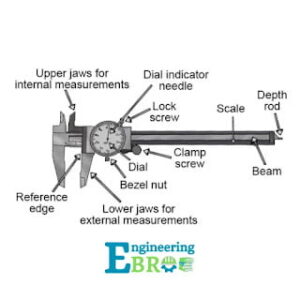Difference between bounded and unbounded solution space?
Degeneracy occurs when the basic feasible solution of the linear program contains one or more zero variables, which means that they do not participate in the solution.
In other words, the problem has more variables than necessary to define a basic feasible solution.
This can lead to additional iterations of the simplex algorithm, which can result in increased computational complexity and longer solution times.
The simplex method may also lead to an unbounded solution space when there is no optimal solution.
Difference between bounded and unbounded solution
An unbounded solution space occurs when the objective function can be made arbitrarily large or small while staying within the feasible region. This can happen when the objective function is parallel to one of the constraint lines, or when the feasible region is unbounded.
A bounded solution space is a situation where the optimal solution of the problem lies within a finite range. In this case, the objective function has a maximum or minimum value, and the solution lies within the feasible region.
To summarize,
Degeneracy in the simplex method occurs when the basic feasible solution has one or more zero variables, which can increase the number of iterations required to solve the problem.
An unbounded solution space occurs when the objective function can be made arbitrarily large or small, and there is no optimal solution. A bounded solution space occurs when the optimal solution of the problem lies within a finite range.
Checkeout our home page for more informative content and follow us on Facebook page


